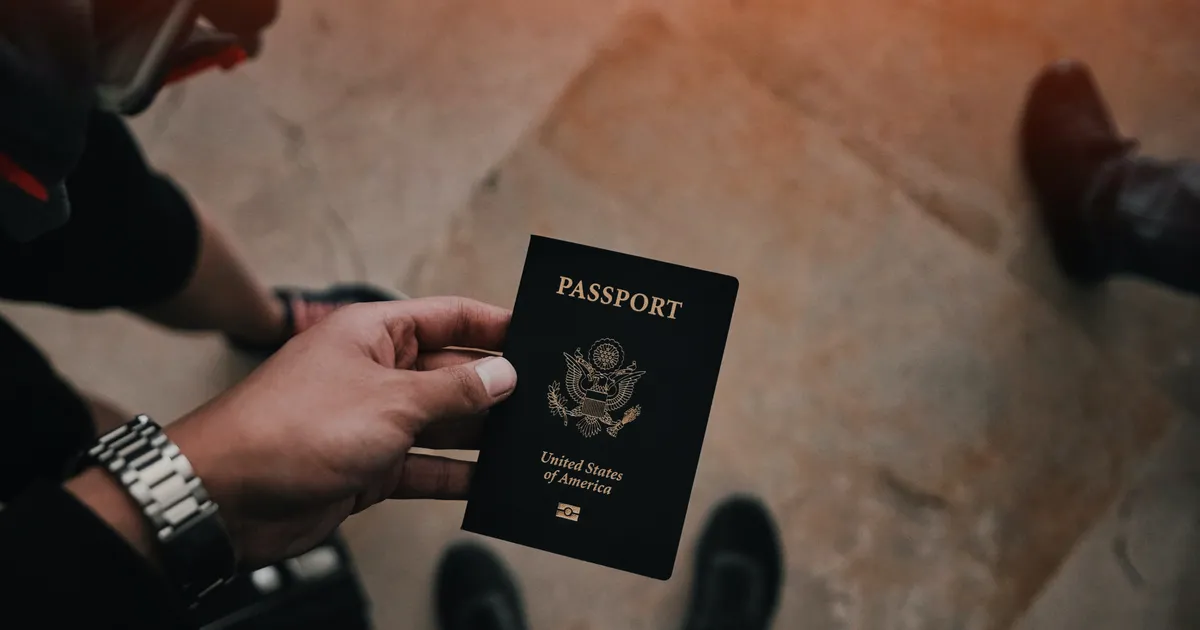Explore the application process for U.S immigration. Learn about visa categories, eligibility requirements and information on visa approvals during COVID-19.
Every year the U.S. Department of State issues immigration visas to family members, skilled workers and diversity immigrants. In 2019, the U.S. issued more than 450,000 immigrant visas to applicants across seven categories.
There are different immigrant visas in the United States, and each type has specific eligibility requirements. For most visas, you must be sponsored by a U.S. citizen or U.S. Lawful Permanent Resident (LPR).
Visas are usually issued to those wishing to immigrate to the United States by the U.S. Department of State through the U.S. Embassy or U.S Consulate in their home country. During certain periods of time, such as the coronavirus pandemic, many offices only process emergency services.
How to Apply for a U.S. Immigrant Visa
To apply for a U.S visa, you must first determine in which category you are eligible:
- Family-based
- Employment
- Adoption
- Special Immigrant
- Diversity
This guide does not cover Green Cards, Permanent Residents, or refugees and asylum seekers.
 Barbara Zandoval/Unsplash
Barbara Zandoval/UnsplashFamily-Based Immigration
If you are a foreign citizen who would like to live permanently in the United States, then you must be sponsored by an immediate relative who is 21 or older and is either a U.S. citizen or a U.S. LPR.
Immediate Relative
Family Preference
According to the State Department website, U.S. LPRs can only file an immigrant visa petition for their spouse, or unmarried son or daughter.
Employment-Based Immigration
Approximately 140,000 employment-based visas are given out each fiscal year. To be eligible, an applicant’s employer or agent must obtain an approved labor certification from the U.S. Department of Labor. The next step is to fill an Immigrant Petition for Alien Worker, Form-1. People with extraordinary abilities can file their own petitions without the need for a prospective employer.
Employment visas are broken down into five preferences:
- Employment First Preference (E1): Priority Worker and Persons of Extraordinary Ability
- Employment Second Preference (E2): Professionals Holding Advanced Degrees and Persons of Exceptional Ability
- Employment Third Preference (E3): Skilled Workers, Professionals, and Unskilled Workers (Other Workers)
- Employment Fourth Preference (E4): Certain Special Immigrants (requires a Petition for Amerasian, Widow(er), or Special Immigrant, Form I-360)
- Employment Fifth Preference (E5): Immigrant Investors
The preference system is how visas are distributed each year. Once your immigrant petition is approved, you must wait for a visa number to become available in your specific category. U.S. law also limits the number of immigrant visas allowed for each country.
Family Member Eligibility
Close family members, including spouses and unmarried children under the age of 21, can apply for immigrant visas with the principal applicant. This includes same-sex spouses of U.S. citizens and U.S. LPRs.
 Steven Su/Unsplash
Steven Su/UnsplashAdoption-Based Immigration
The intercountry adoption process must follow both U.S. law and the laws of the location in which the child’s adoption was finalized. If the child you are adopting is from a country that is a part of the Hague Adoption Convention, then the rules set forward by The Hague must also be followed.
Children being adopted must be eligible to immigrate under the U.S. Immigration and Nationality Act. If the child adopted is under 16 and has lived with the adoptive parents for two years or longer, it may be possible to submit an Alien Relative immigrant petition.
Special Immigrant and Diversity Visas
Every year special immigrants (including former U.S. Government employees) and people from countries with a low immigration rate to the U.S. are granted visas by the Department of State. These categories have unique requirements and are issued in a limited quantity each year.
The Application and Interview Process
There are generally four steps for all immigration applications:
- Submit an immigrant petition to the U.S. Citizenship and Immigration Services (USCIS) for approval.
- Prepare for your visa interview. The National Visa Center (NVC) will assist you in preparing the necessary information for your case.
- Take a medical exam.
- Attend your visa interview and receive approval for your visa type.
At the moment, there’s no way to check your case’s status with USCIS online other than to contact the National Visa Center (NVC) through the public inquiry form.
Documents You Will Need:
- Passport(s): Valid for six months past your entry date into the United States. Sometimes longer validity is requested by specific U.S Embassy/Consulate offices.
- Form DS-260, Immigrant Visa and Alien Registration Application
- Two (2) 2-inch x 2-inch photographs
- Civil documents, such as birth and marriage certificates (original or certified copies).
- Financial Support: You must demonstrate proof that you can support yourself and your family and that you will not become a charge and require public health benefits.
- Complete Medical Examination Forms: All applicants must undergo a medical exam by an authorized panel physician and must also receive any necessary vaccinations.
- Immigration Fee
 Levi Ventura/Unsplash
Levi Ventura/UnsplashVisa Processing and the Latest Immigration News
Under normal circumstances, immediate relative visas take the least amount of time to process compared to other family visas or preference-based employment immigrant visas.
The latest news in immigration law includes increased filing fees for certain immigrant forms, including I-129 and H-1B petitions. Furthermore, a ban on specific types of employment-based visas went into effect at the end of June 2020.






